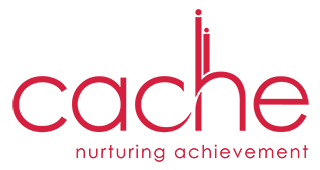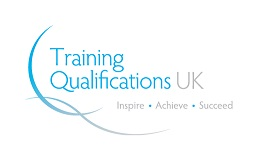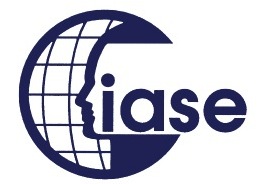Strategies in fostering a better learning environment for kids with ADHD
10th October 2017

A better way to understand ADHD, also known as Attention Deficit Hyperactivity Disorder, is to understand what it isn’t. It isn’t the result of bad parenting or your child being lethargic or disobedient. It, actually, is a biological condition that makes it hard for many children to sit still and concentrate. Children with Attention Deficit Disorder (ADD) and/or learning disabilities can be a challenge for any classroom environment and the teacher.
- Inattentive, but not hyperactive or impulsive
- Hyperactive and impulsive, but able to pay attention
- Inattentive, hyperactive, and impulsive (the most common form of ADHD
Common challenges created by students with ADHD:
- They demand for attention by talking out of turn or moving around the room
- They have trouble following instructions
- They often forget to write down homework assignments, do them, or bring completed work to school
- They often lack fine motor control
- They usually have problems with long distance projects where there is no direct supervision
- Provide as much positive attention and recognition as possible
- Clarify the social rules and external demands of the classroom
- Establish a cue between teacher and child
- Spend personal discussion times with these children emphasizing the similarities between the teacher and child
- Get in a habit of pausing 10 to 16 seconds before answering
- Probe irrelevant responses for possible connections to the question
- Have children repeat questions before answering
- Using a well known story, have the class orally recite it as a chain story
- When introducing a new topic in any academic area, have the children generate questions about it before providing them with much information
- Distinguish between reality and fantasy by telling stories with a mix of fact and fiction and asking the children to critique them
- Keep assignments short








